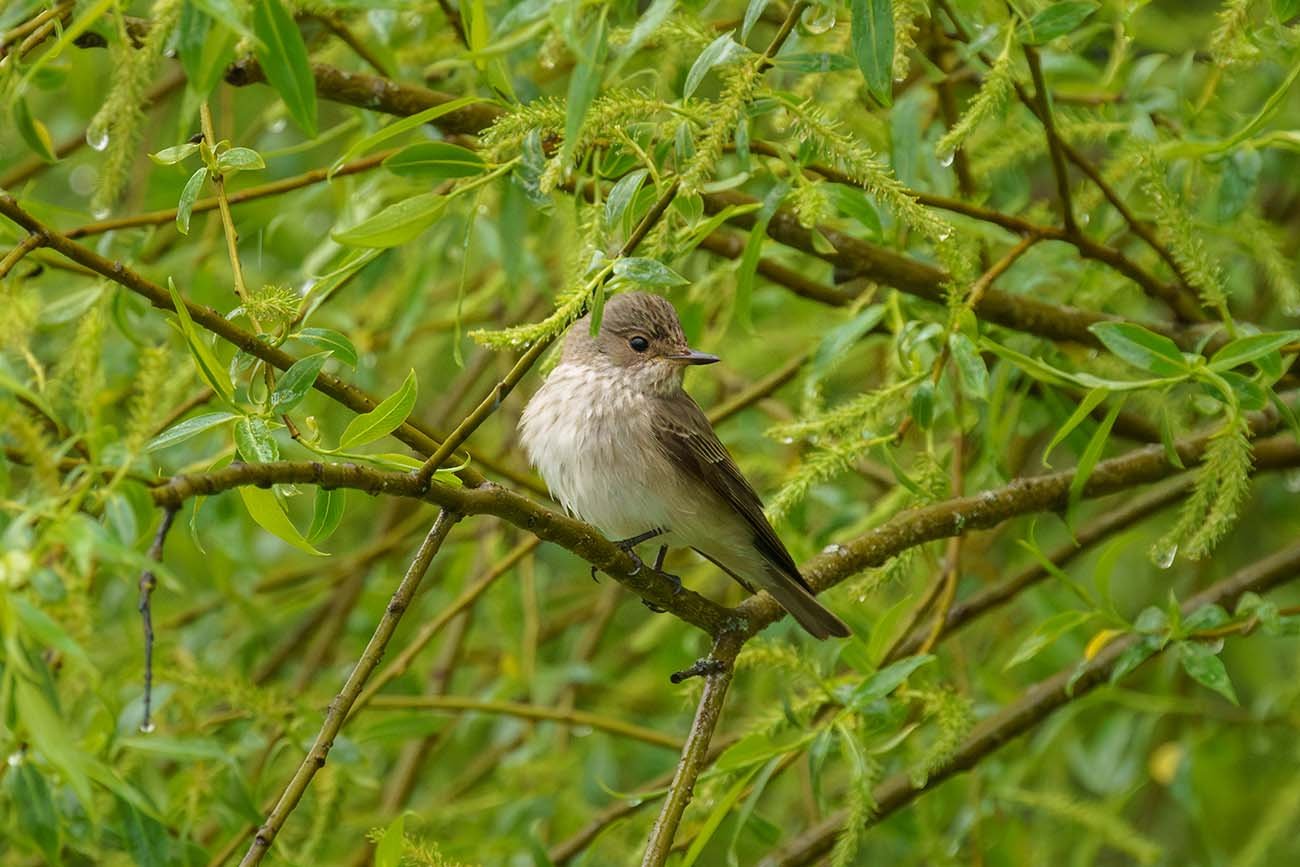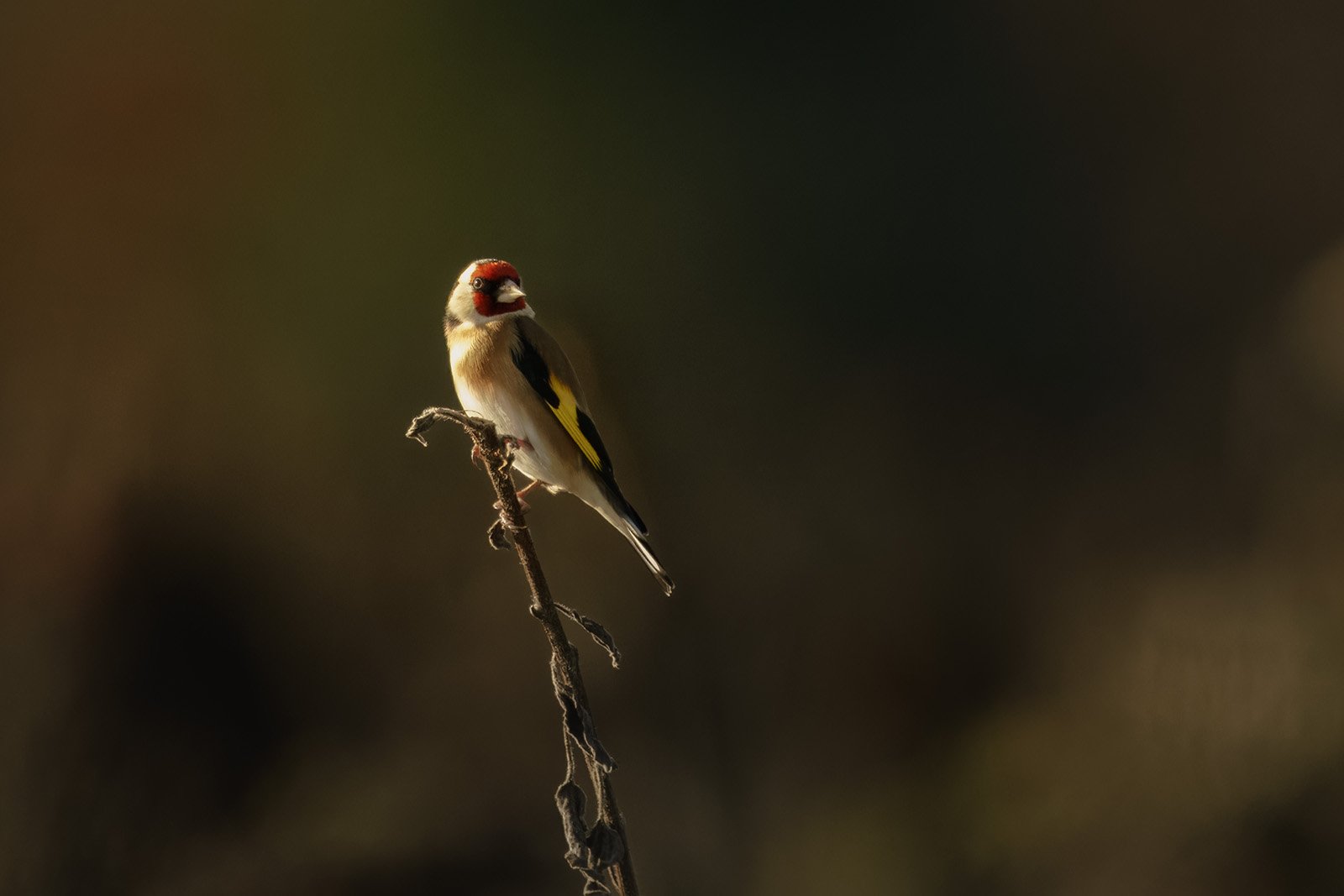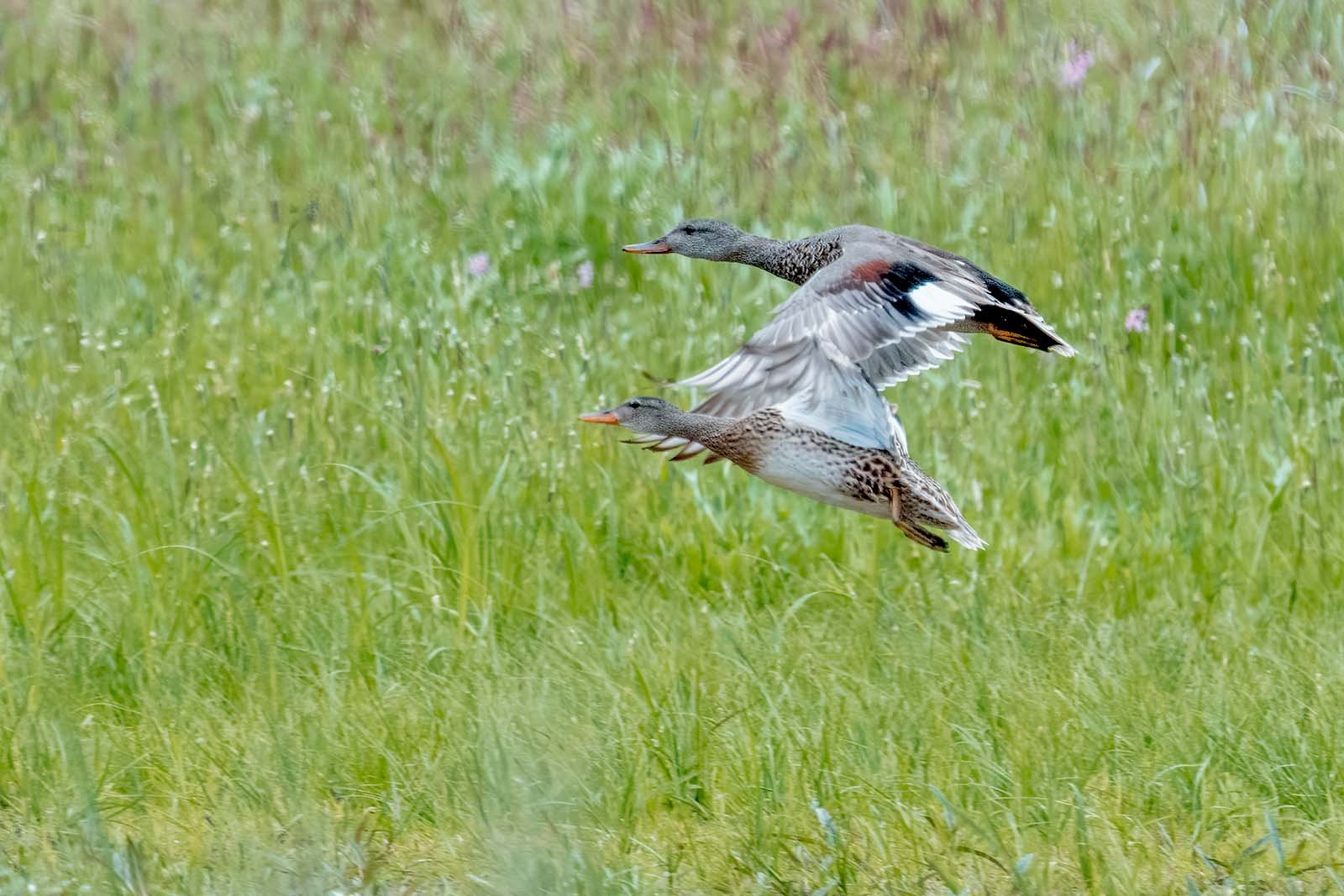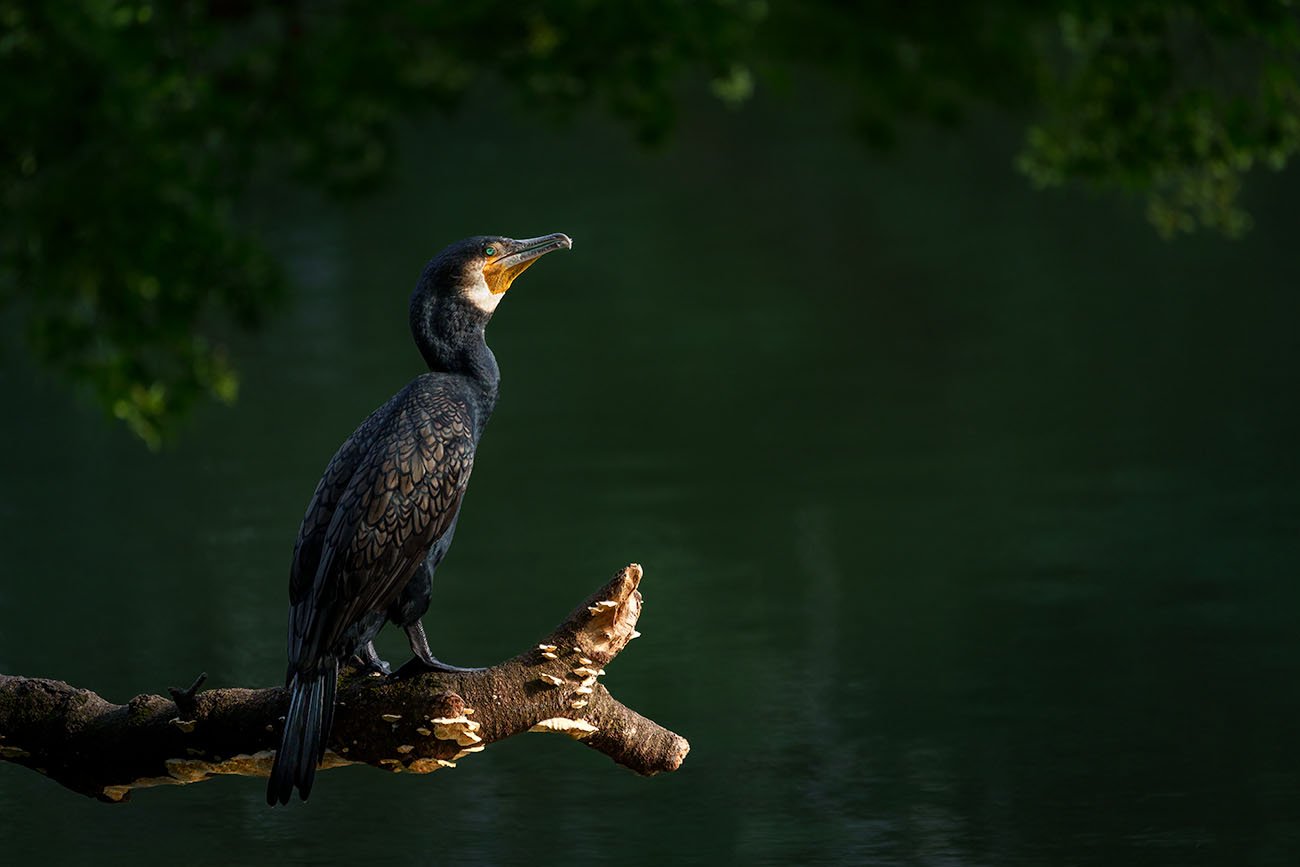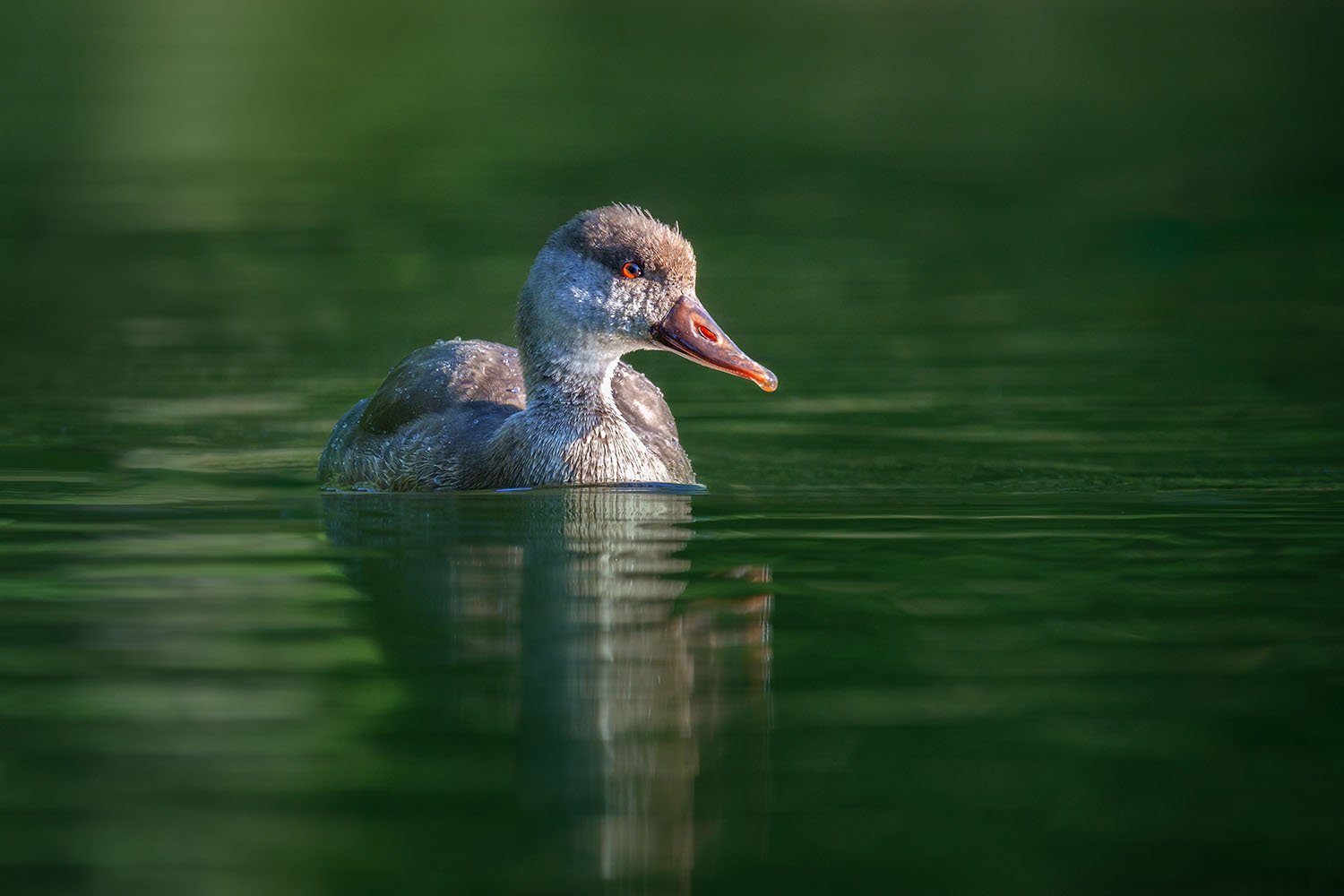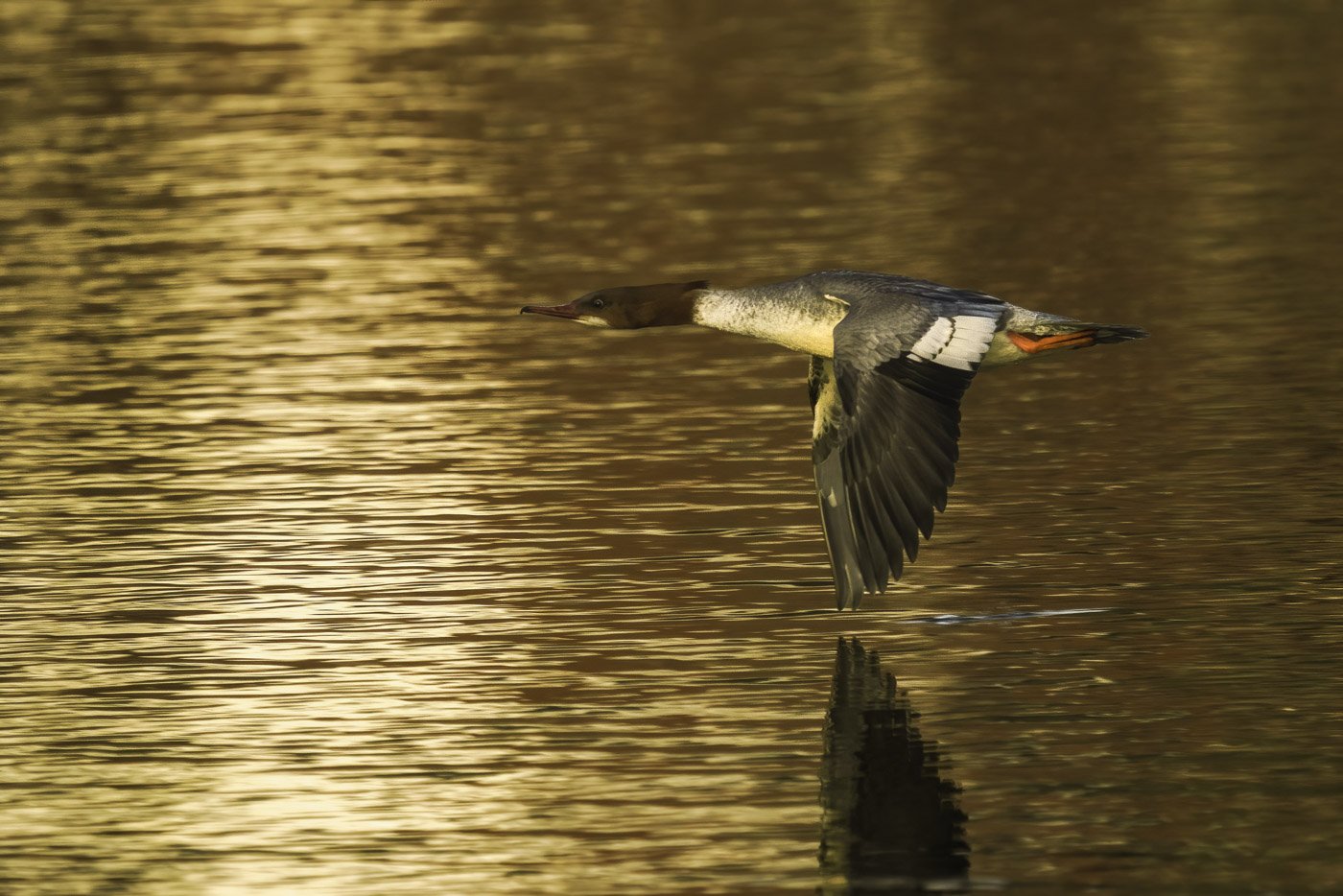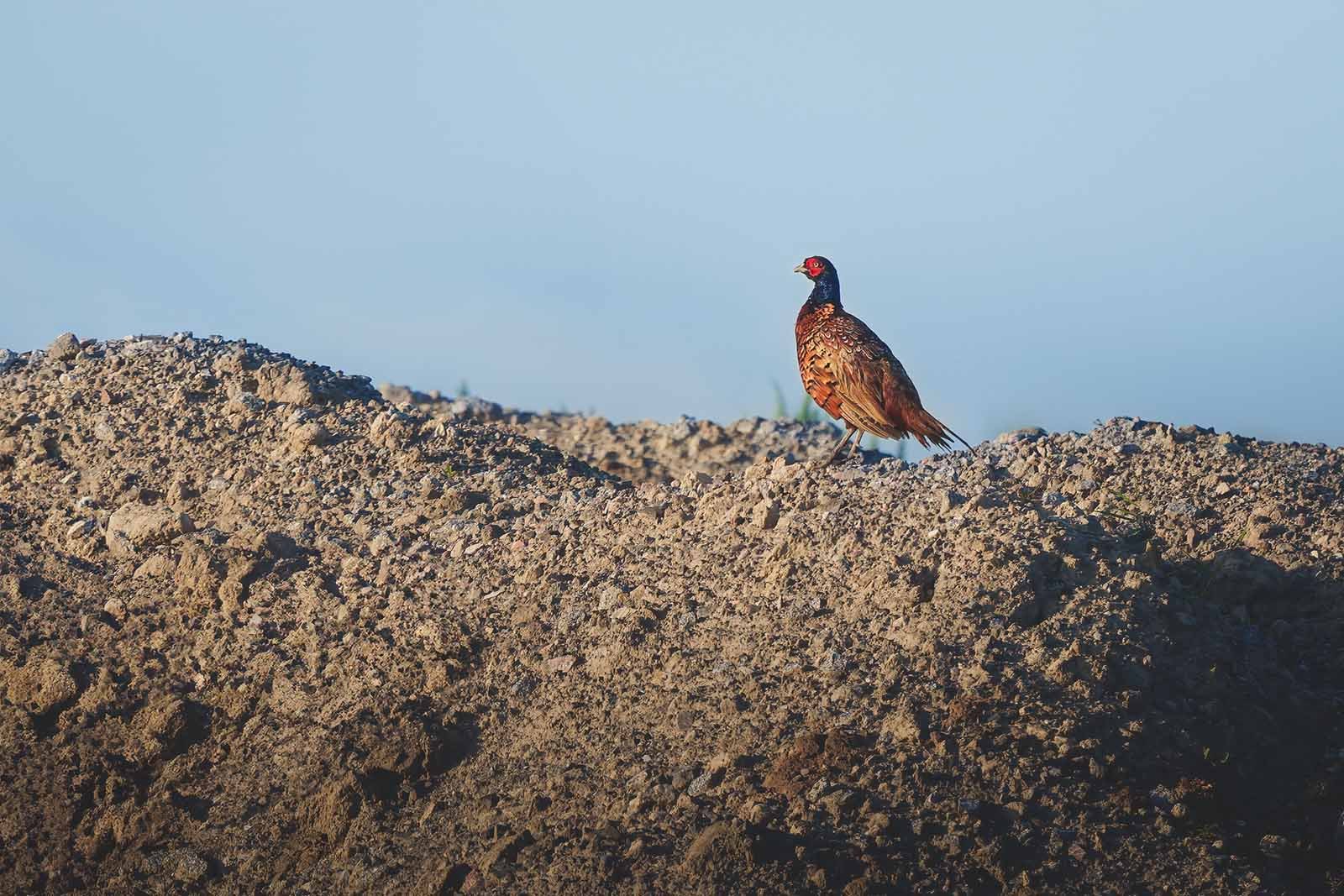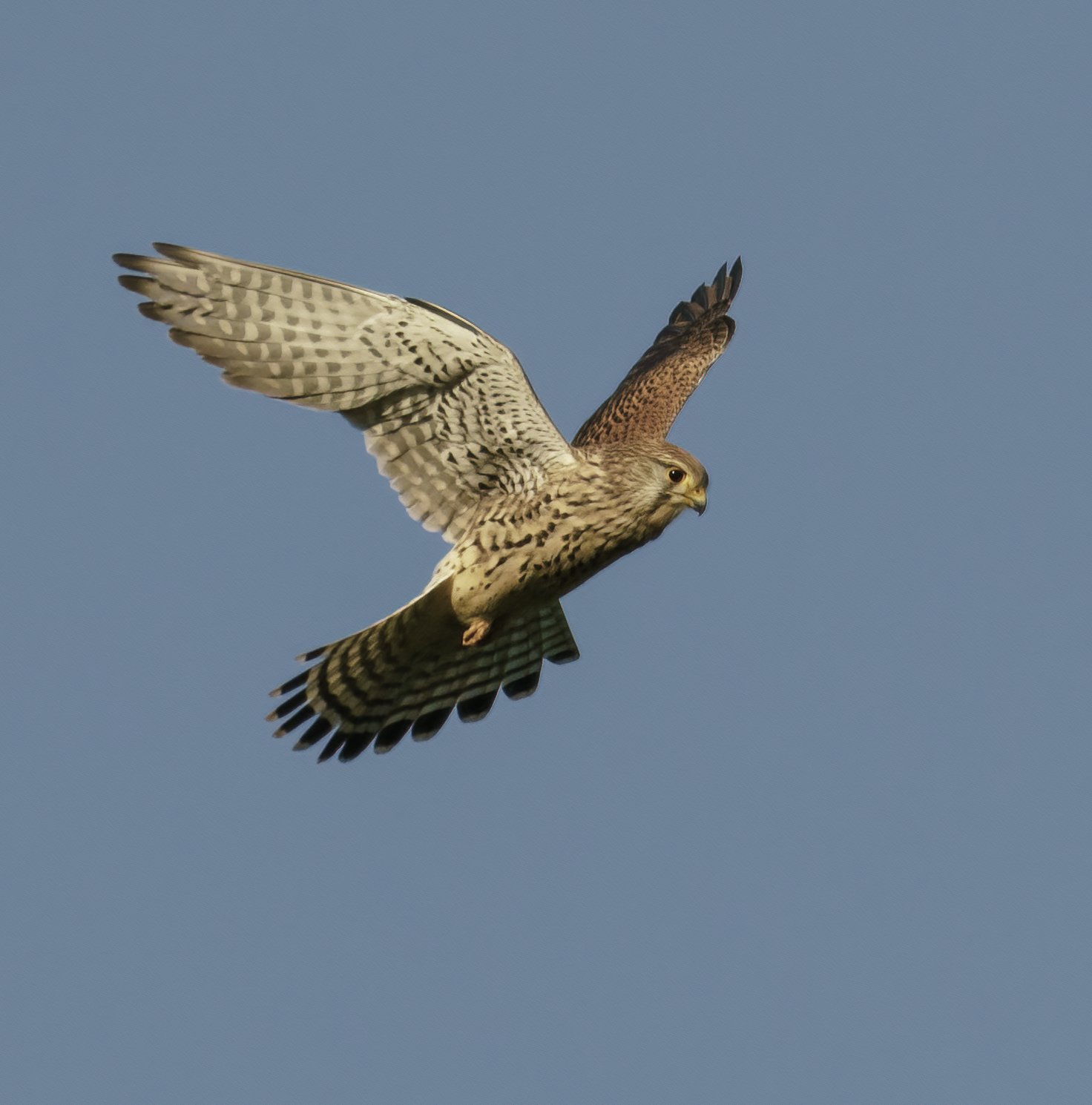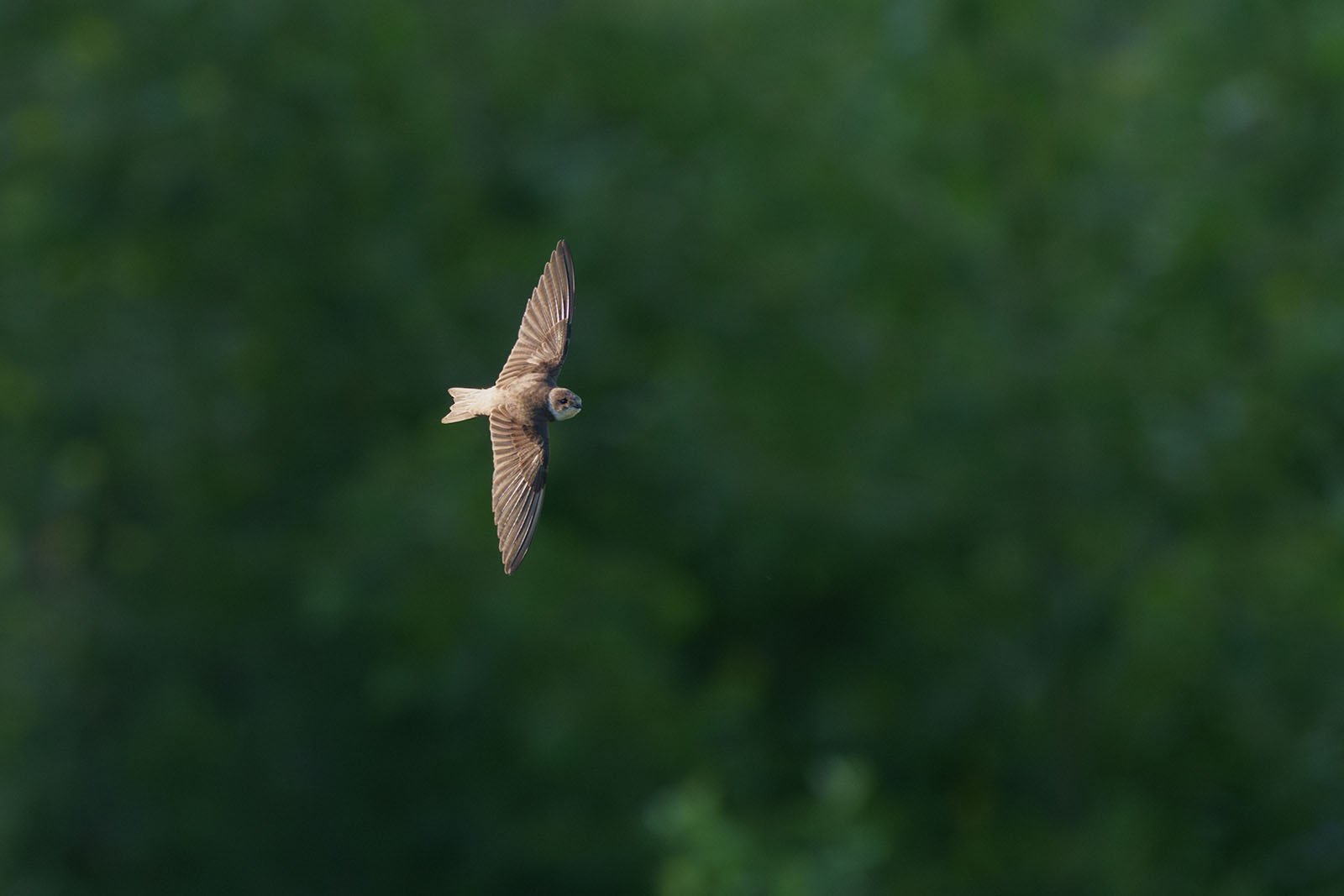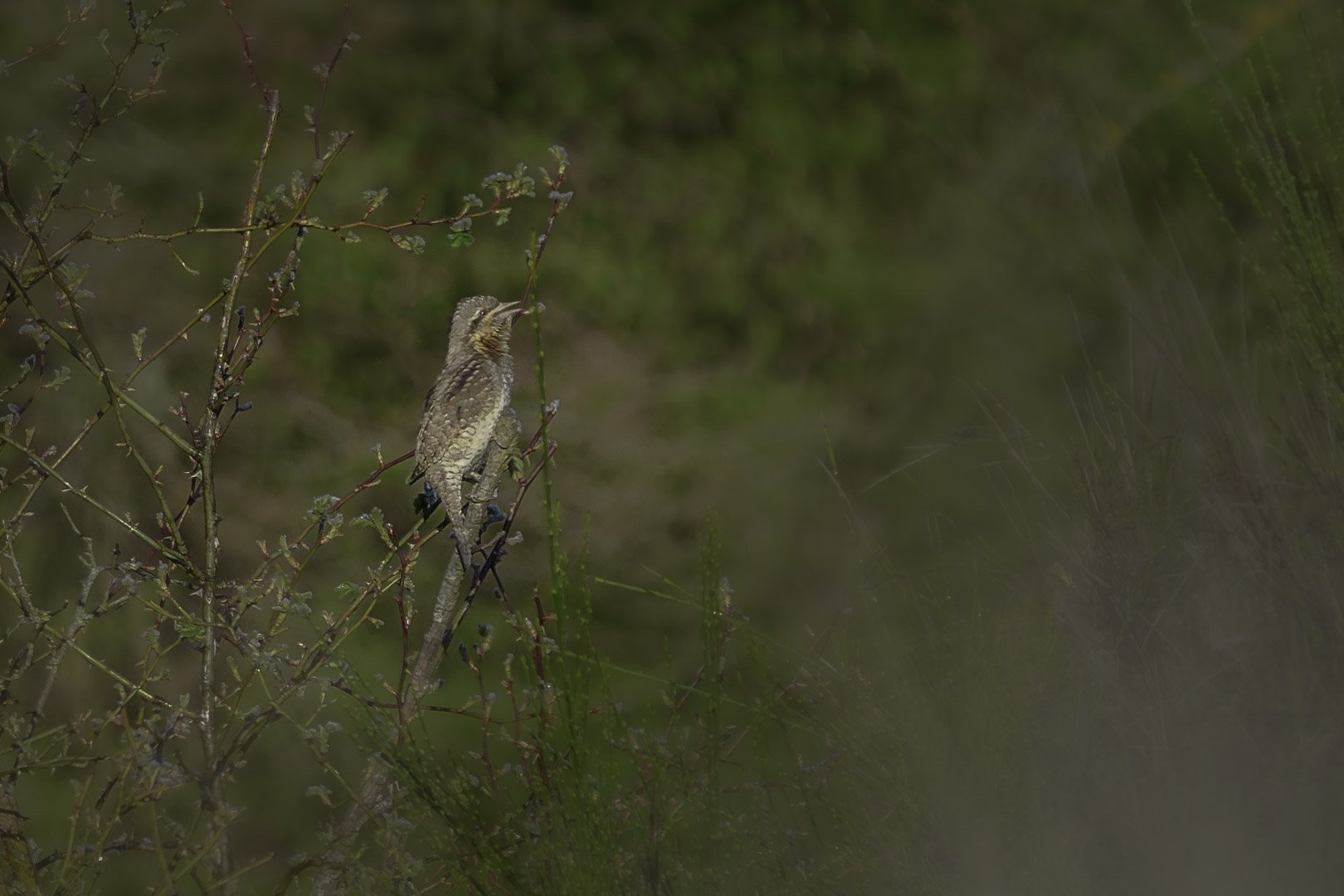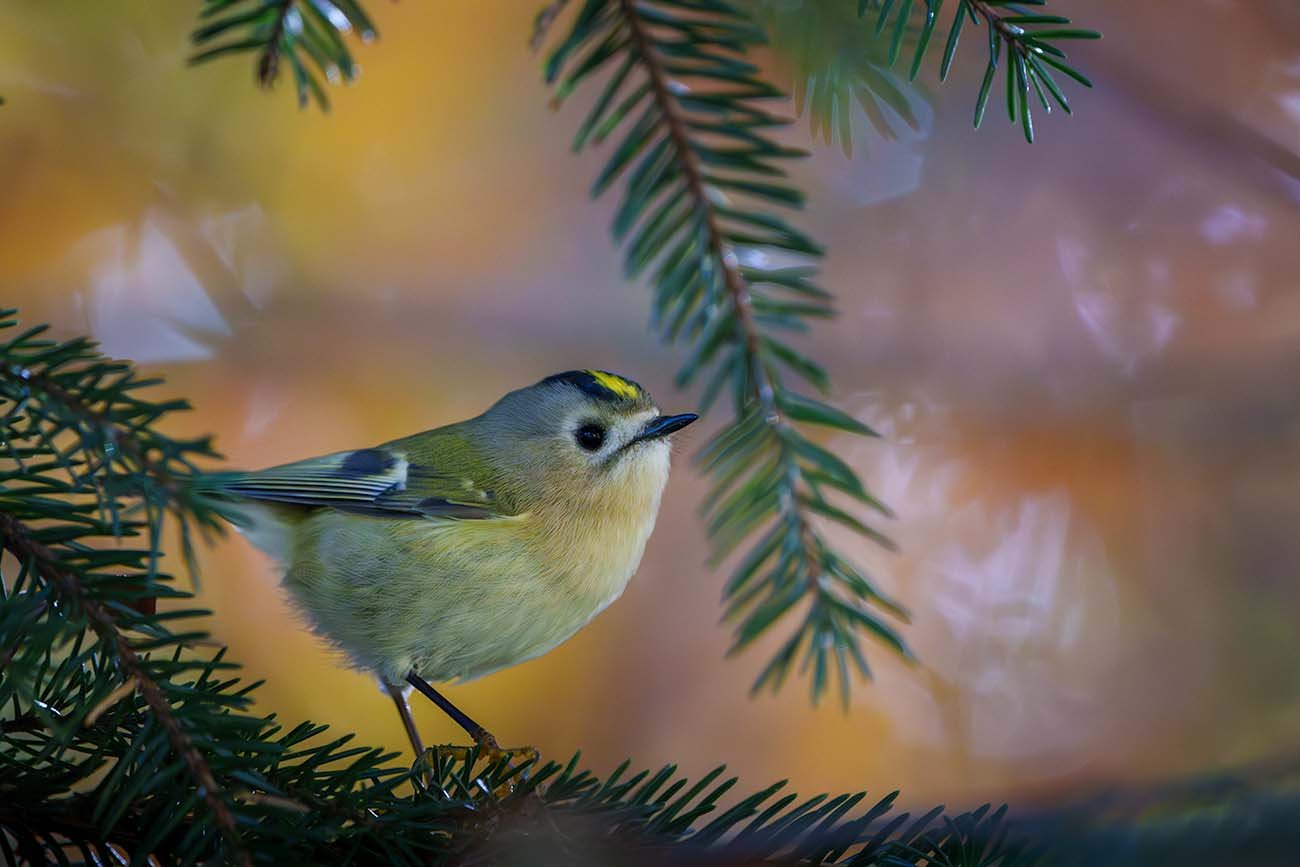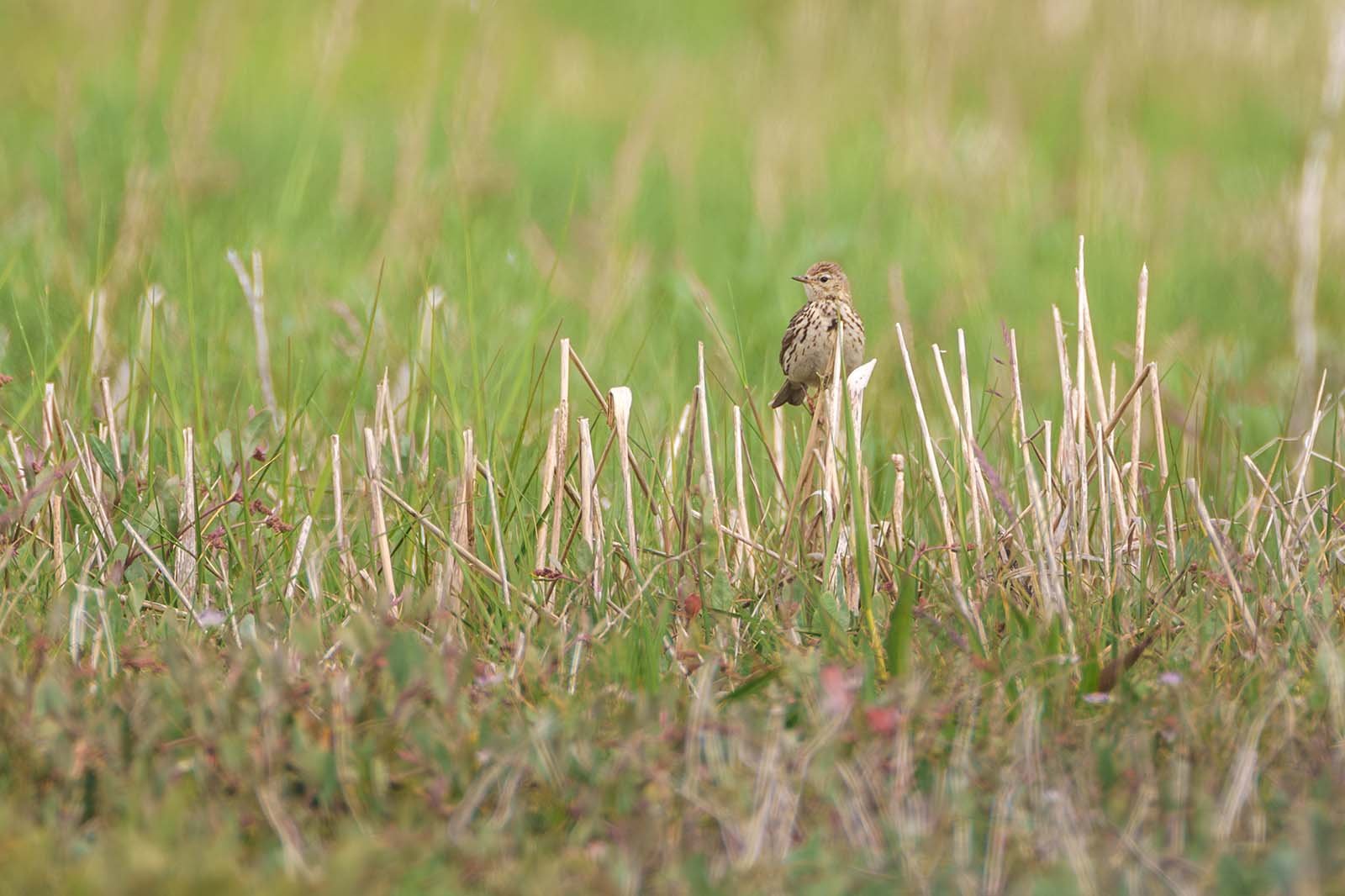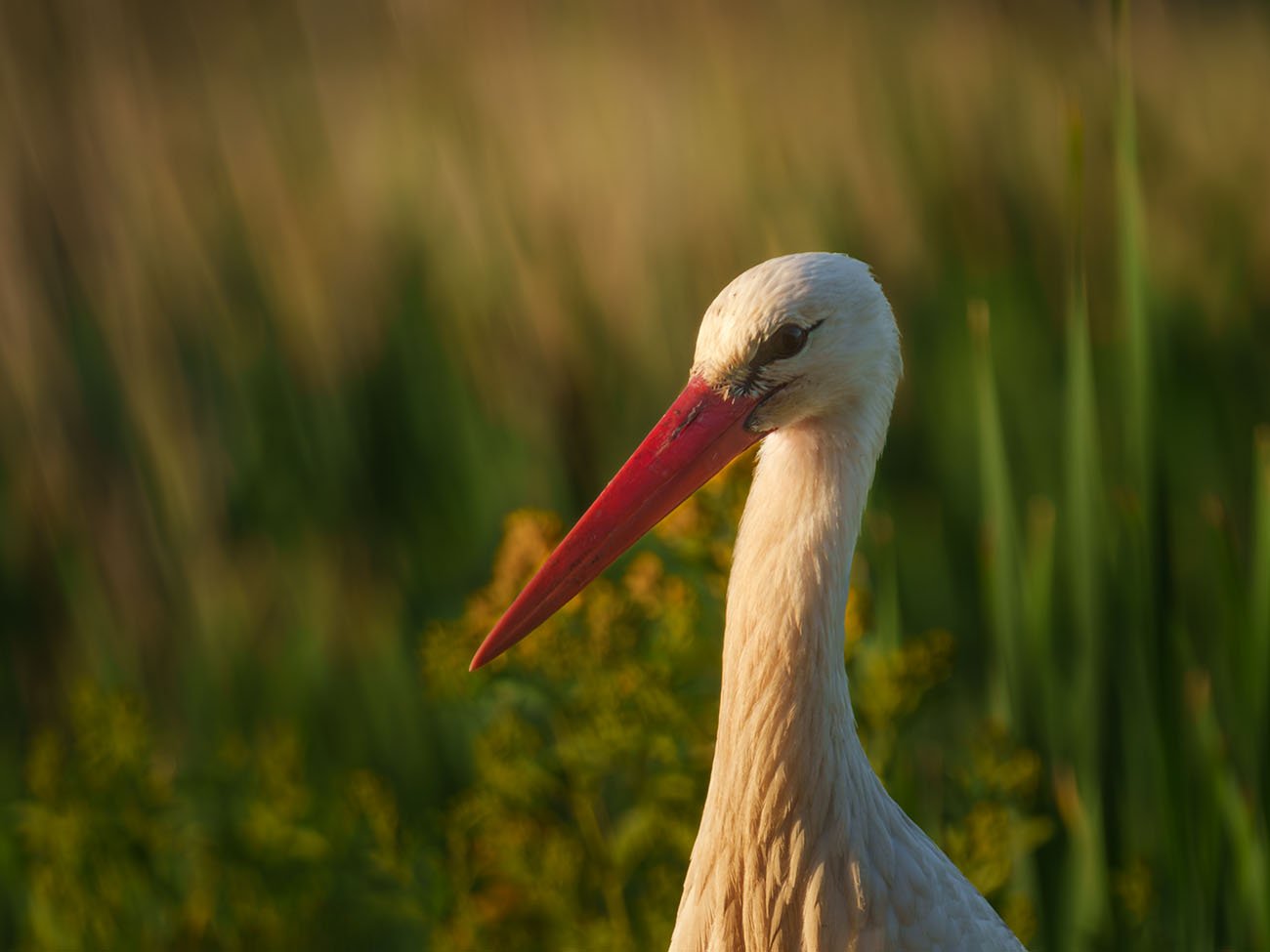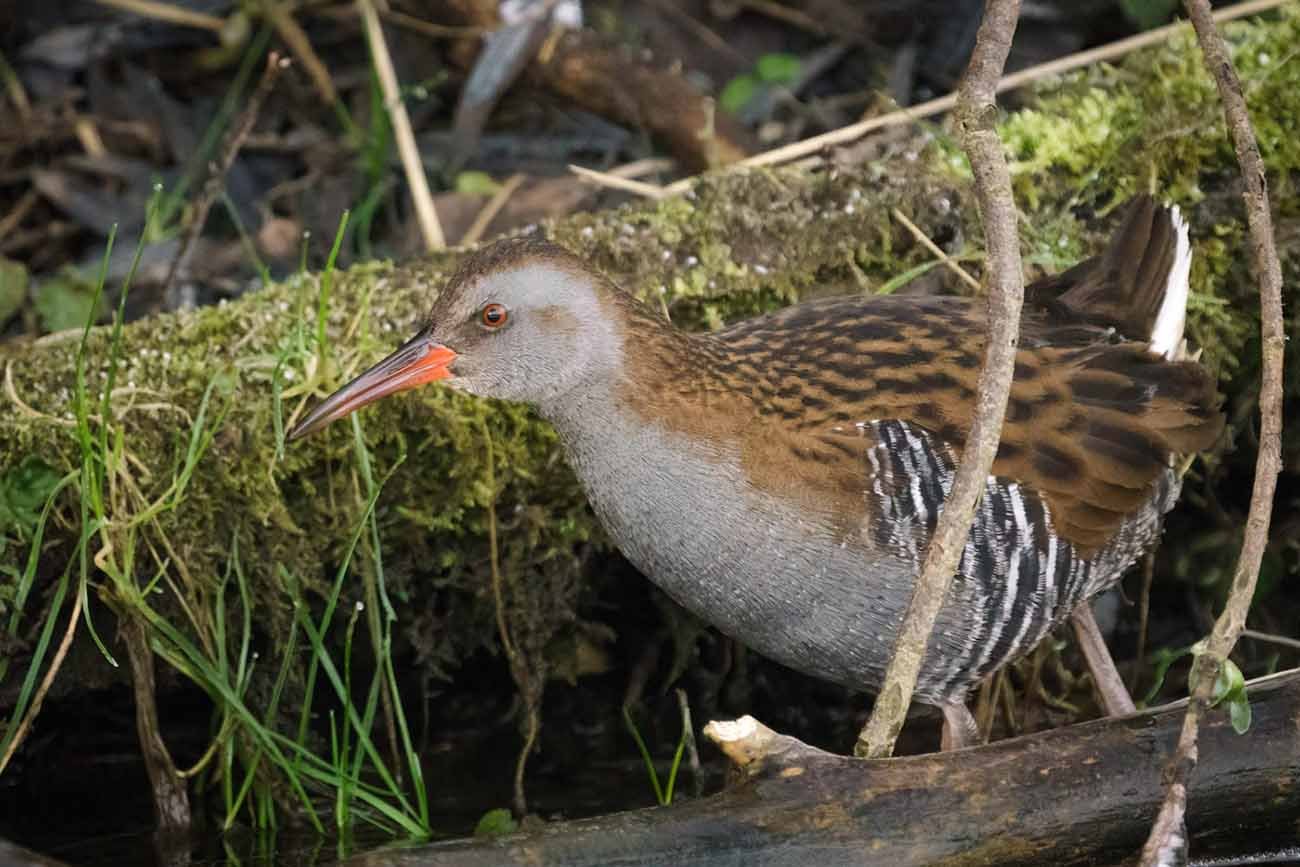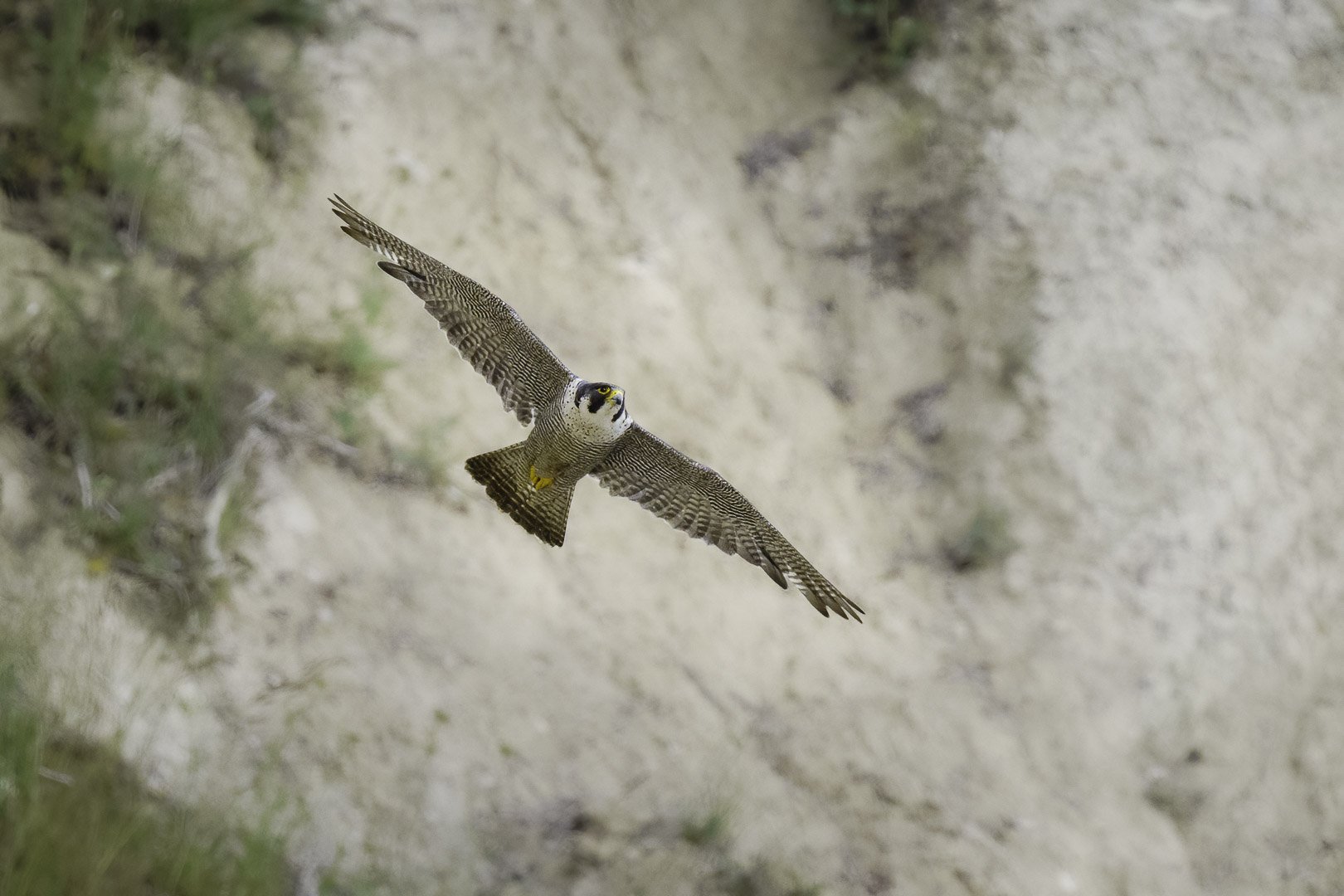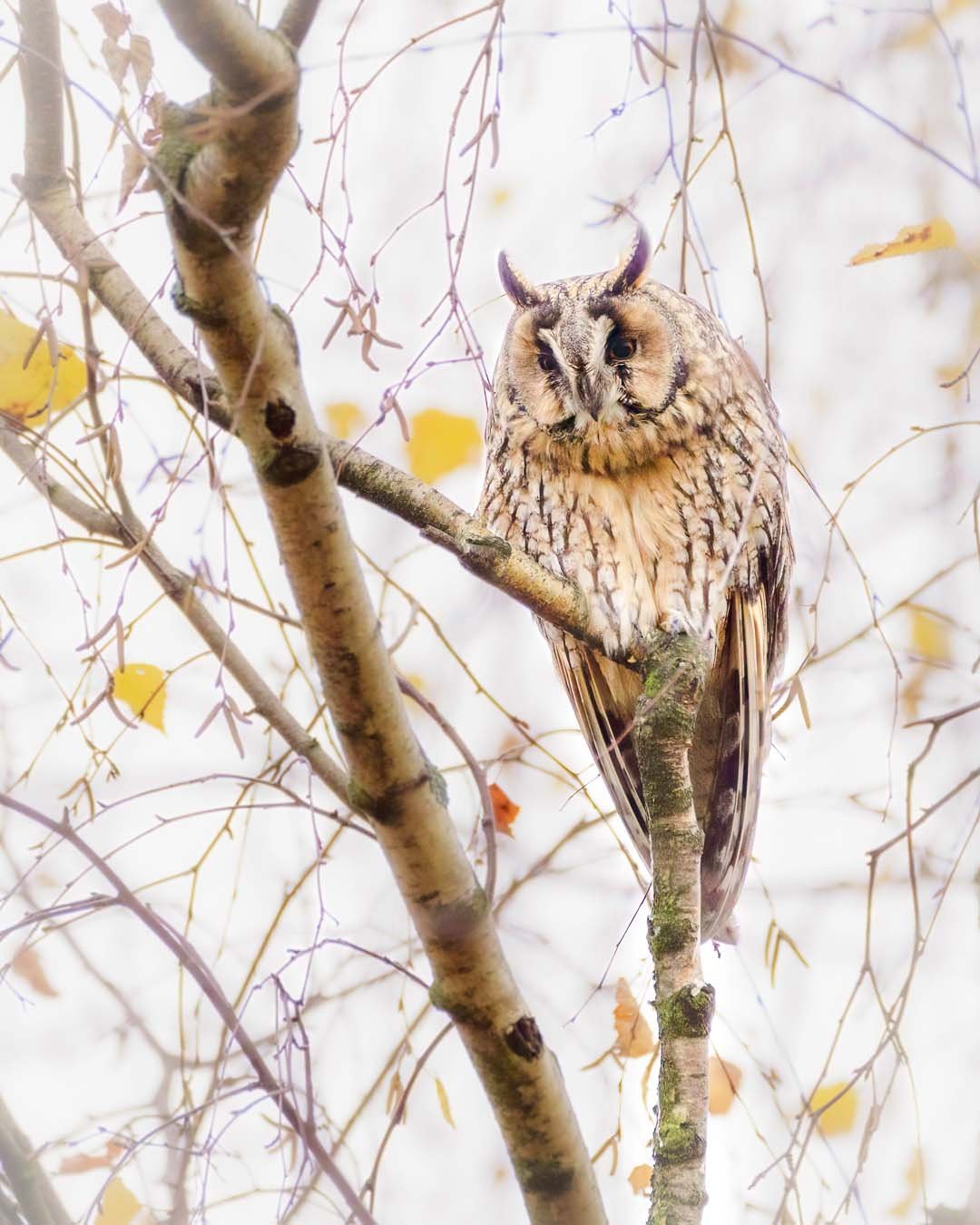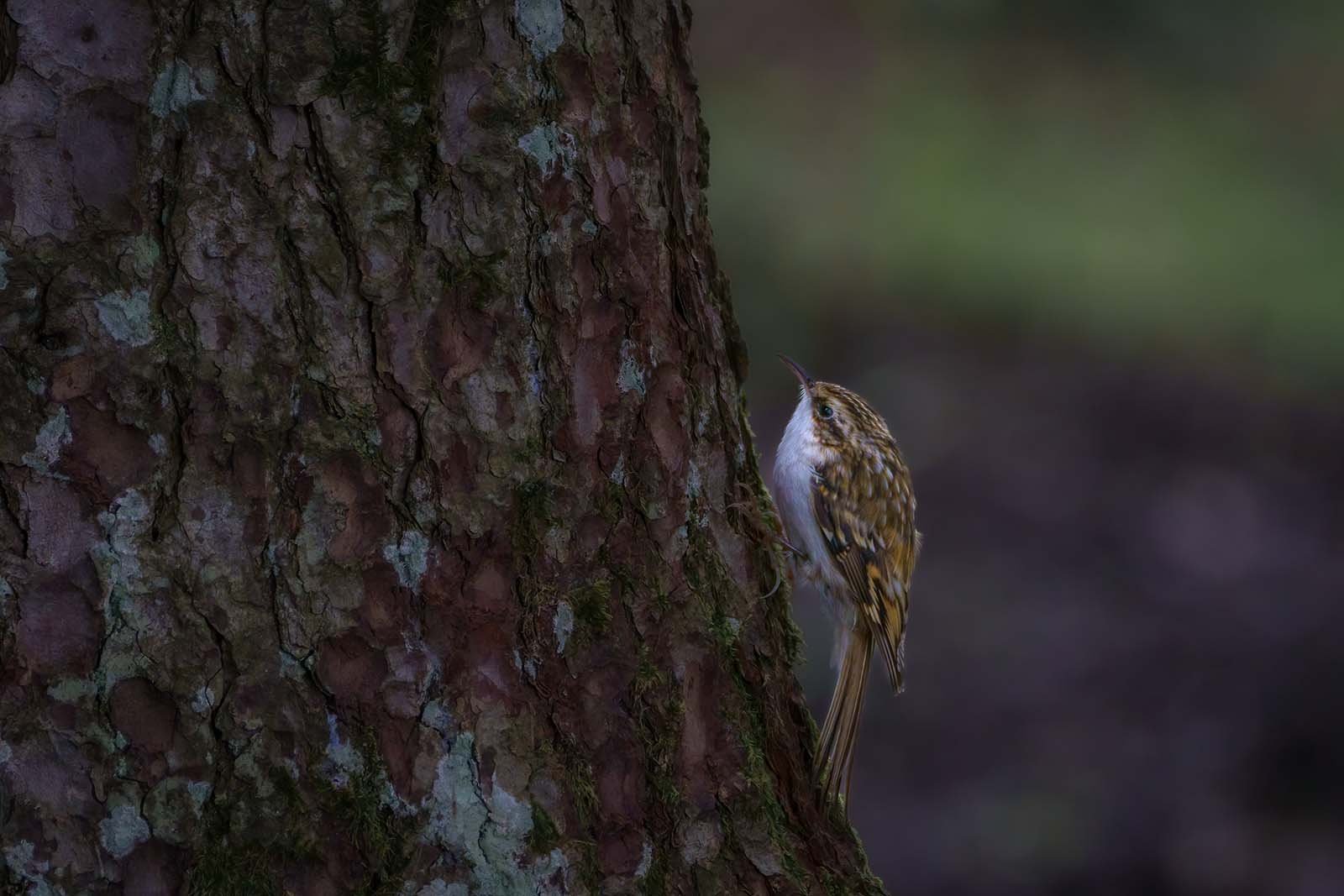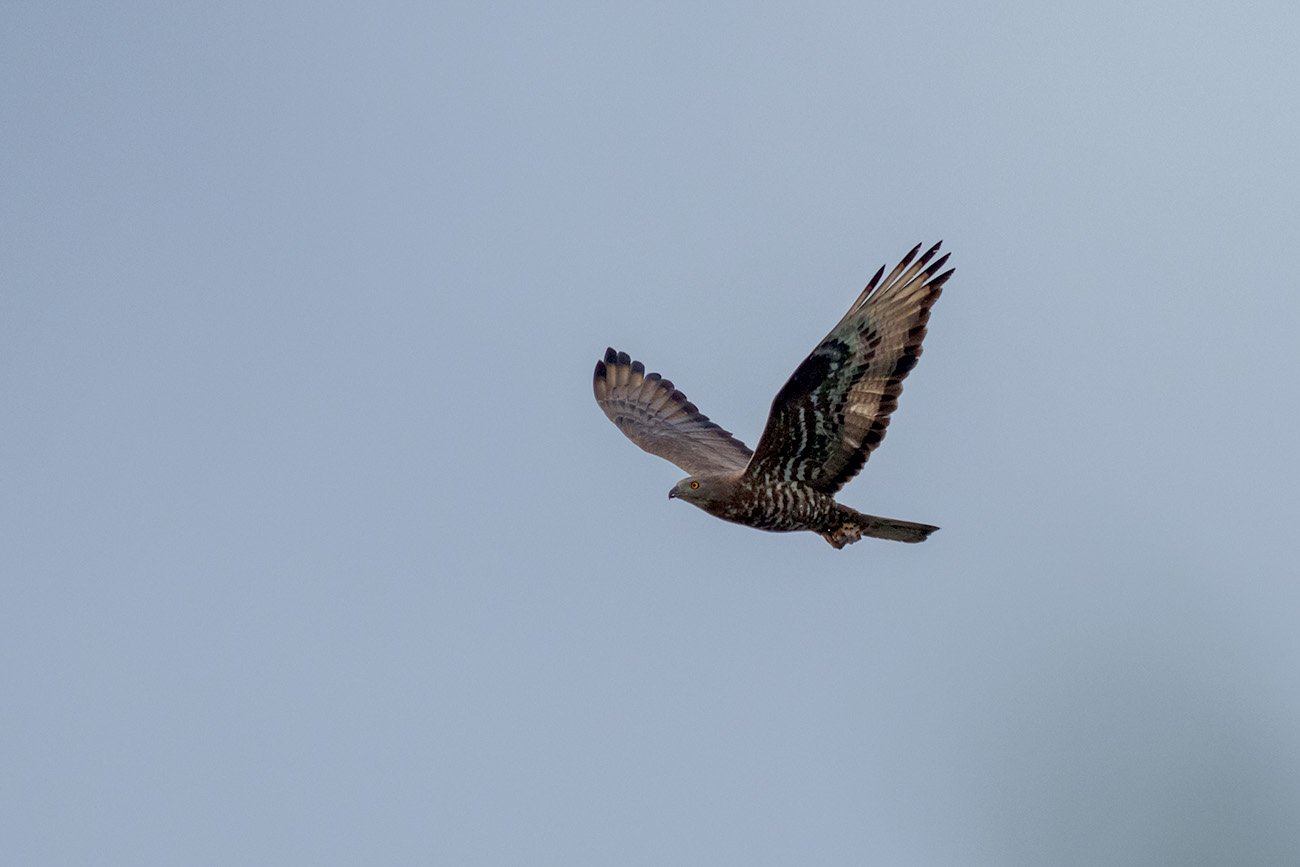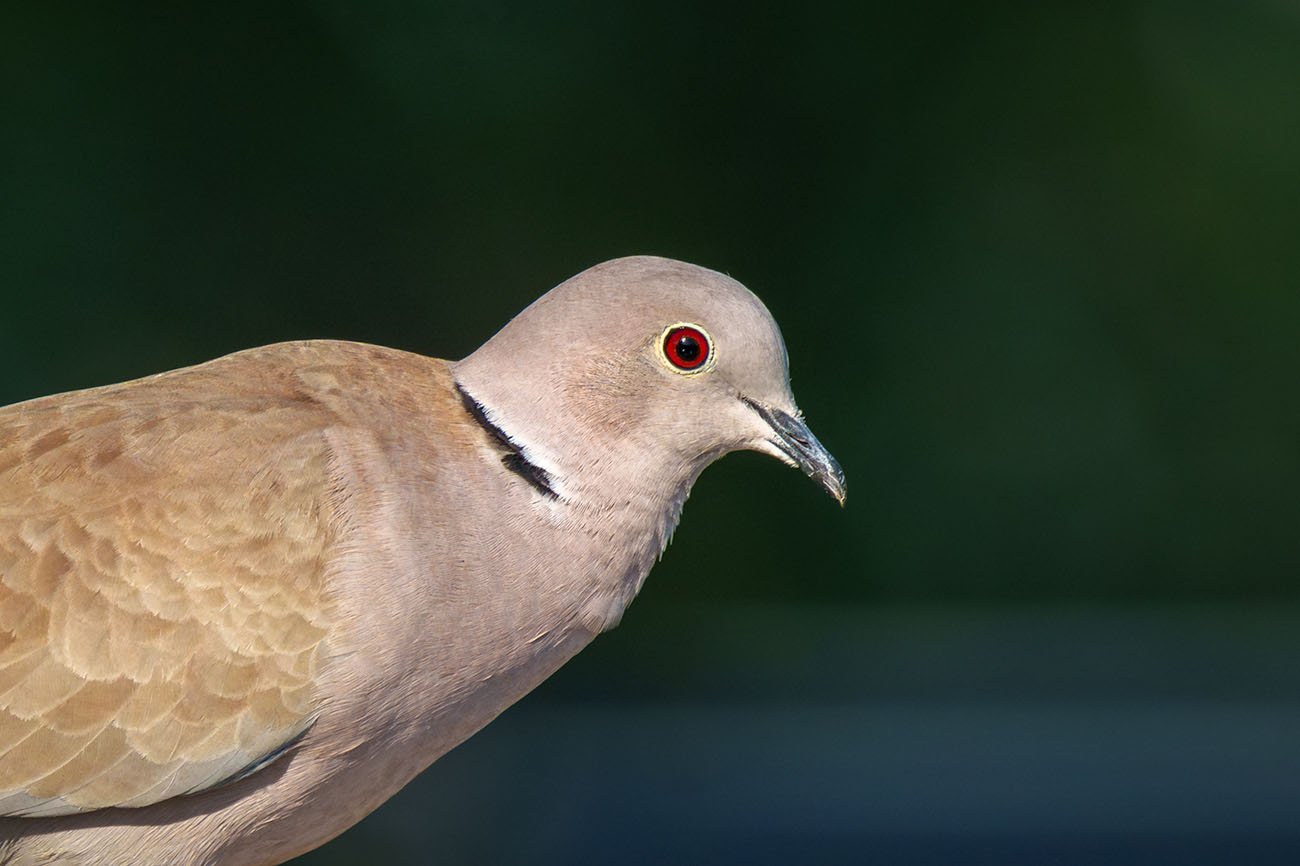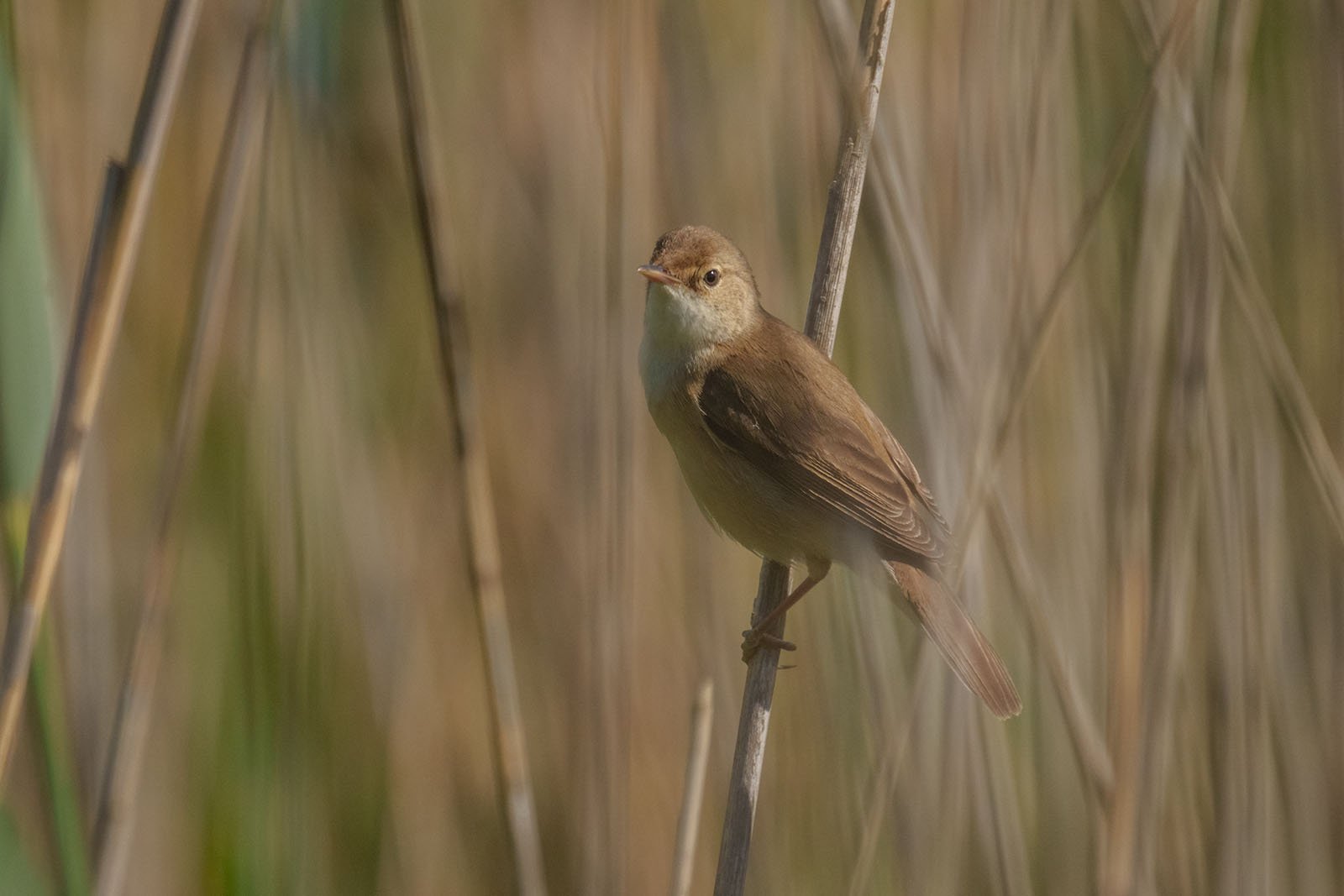Black-crowned night-heron (Nycticorax nycticorax)
Black-crowned Night-Heron (Nycticorax nycticorax) is easy to identify due to its compact appearance and unique color characteristics
Black-crowned Night-Heron (Nycticorax nycticorax) – The Secretive Hunter of the Night
Quick Facts:
- Size: 58–65 cm
- Features: Stocky heron with a short, strong beak and thick neck
- Habitat: Prefers swampy areas with trees and riverbanks with dense vegetation
- Breeding: Nests in colonies in trees; the male provides nesting materials, the female builds
- Diet: Mainly frogs, newts, fish, tadpoles, and insects
Table of Contents
- Introduction: The Black-crowned Night-Heron – A Silent Hunter in the Dark
- Features and Appearance: How to Identify the Black-crowned Night-Heron
- Habitat and Distribution: Where the Black-crowned Night-Heron Lives
- Behavior and Diet: A Skilled Nighttime Hunter
- Breeding: Colonial Nesting in Trees
- FAQ: Common Questions About the Black-crowned Night-Heron
- Shortlist – Key Features
1. Introduction: The Black-crowned Night-Heron – A Silent Hunter in the Dark
The Black-crowned Night-Heron is a fascinating bird that is most active during dusk and night. During the day, it usually stays quietly hidden in trees, often in large groups. As darkness falls, this secretive hunter becomes active, searching for food in wetlands. With its stocky body, short, strong beak, and striking red eyes, the Black-crowned Night-Heron is a distinctive bird.
2. Features and Appearance: How to Identify the Black-crowned Night-Heron
The Black-crowned Night-Heron is easy to recognize due to its compact build and unique coloration:
Feathers:
The heron’s plumage is mostly gray with white highlights. The upper parts, including the wings, are a sleek gray, while the underside is white. One of its most striking features is the long, thin ornamental plumes that hang from the back of its head during breeding season. Juvenile birds have brown streaked plumage that provides good camouflage.Beak:
The short, strong beak is black and well-suited for catching prey like frogs, fish, and insects. It complements the bird’s compact body and is perfectly adapted for its patient hunting style.Eyes:
The bright red eyes are a key feature, giving the bird an intense, piercing look. This eye color helps it see well in low light, making it an effective hunter at dusk and night.Feet:
The legs and feet are short, sturdy, and yellowish-green. They provide stability on branches or in dense vegetation along water’s edge, where the bird often waits silently for prey.
3. Habitat and Distribution: Where the Black-crowned Night-Heron Lives
The Black-crowned Night-Heron prefers wetlands with plenty of trees, offering both hiding places and hunting grounds. It is commonly found in swamps, riverbanks, and reed beds, where there is abundant vegetation and water. These environments provide not only cover during the day but also the perfect conditions for nighttime hunting.
4. Behavior and Diet: A Skilled Nighttime Hunter
The Black-crowned Night-Heron is primarily nocturnal, hunting under the cover of darkness. During the day, it remains still and inconspicuous, often resting in groups. At dusk, it becomes active, searching for frogs, fish, insects, and other small animals. Its strong beak allows for precise strikes, and the bird is known for its patience while waiting for the right moment to catch its prey. The short legs help the heron stand firmly on soft ground or in thick vegetation along the shore.
5. Breeding: Colonial Nesting in Trees
The Black-crowned Night-Heron prefers to nest in colonies, often in trees near water. The nest is made of twigs, with the male gathering materials while the female constructs the nest. The breeding season begins in spring, with the female laying three to five eggs. Both parents share the responsibility of incubating the eggs and feeding the chicks, which fledge after about three weeks.
6. FAQ: Common Questions About the Black-crowned Night-Heron
1. Where is the best place to observe the Black-crowned Night-Heron?
You can find this bird in swampy areas, riverbanks, and reed beds. During the day, it often roosts in trees, while it hunts at night.
2. When is the Black-crowned Night-Heron most active?
The Black-crowned Night-Heron is active mainly during dusk and night. It stays quiet and hidden during the day, becoming lively as evening approaches.
3. What does the Black-crowned Night-Heron primarily eat?
Its diet consists mainly of frogs, fish, insects, and other small creatures found in wetlands.
4. How can you identify the Black-crowned Night-Heron?
This bird is easy to spot with its stocky build, short, strong beak, red eyes, and elegant ornamental plumes during the breeding season.
5. How does the Black-crowned Night-Heron behave during breeding season?
The heron nests in colonies, usually in trees. Both parents take part in incubating the eggs and feeding the chicks.
7. Shortlist – Key Features
- Size: 58–65 cm
- Features: Gray-white plumage, stocky build, long ornamental plumes in breeding season
- Beak: Short, strong, black
- Eyes: Red, intense
- Feet: Yellowish-green, short and sturdy
- Habitat: Wetlands with trees, riverbanks
- Diet: Frogs, newts, fish, insects
The Black-crowned Night-Heron is a captivating bird of wetlands, known for its nocturnal habits and elegant plumes. With its vivid red eyes and distinctive behavior, it’s a fascinating sight for bird enthusiasts and nature lovers alike.



